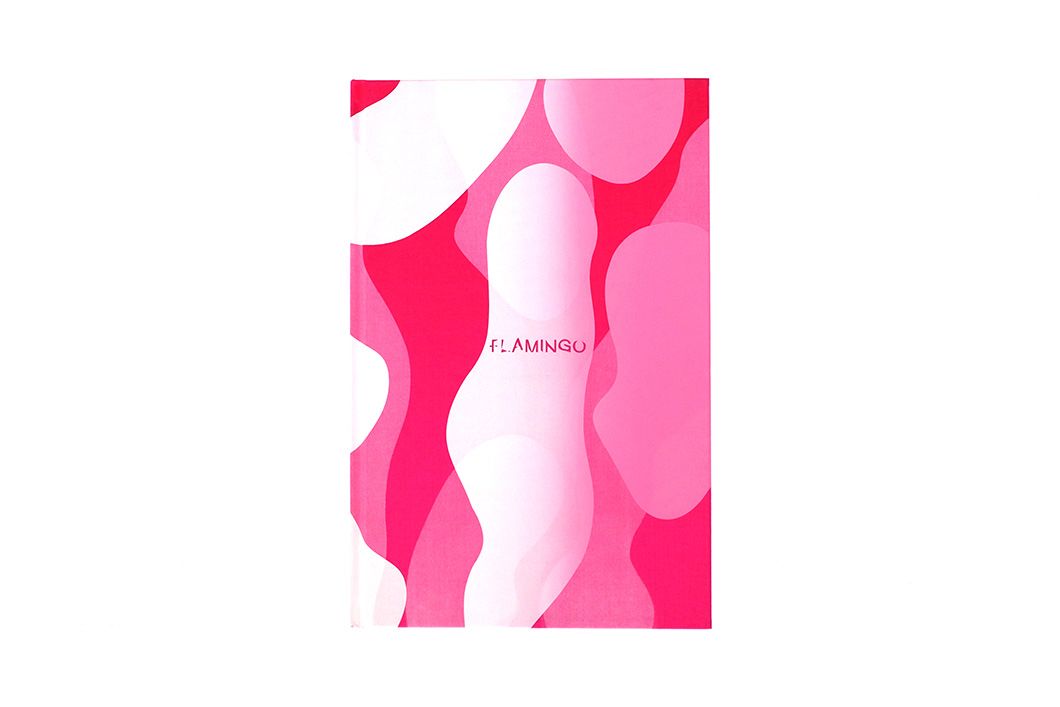 On the occasion of his first exhibition of the American artist Chloe Sells in Paris (The Form that Strength has Left at the Next Level gallery), which unites a new set of his new photographic works, the GOST Books editions publish Flamingo, his second monograph. The skyline, which scans each photograph, here symbolizes the cycle of life and its eternal recommencement: to be born and to die. However far from being virtuous, this cycle can sometimes make them coincide and it is according to its intimate experience that Chloe Sells delivers us this new series of images. If the meditative approach is only stronger, the physical experience for the viewer is even more pregnant; his manipulations to the darkroom unmistakably bringing a new perspective to the landscapes that he photographs. The artist gives us a colorful and emotional interpretation of each landscape photographed. Sells says that his photographs interpret the place as a memory or as the evocation of a feeling “I can feel them and feel them. Feel the air, feel the light. Chloe Sells divides her time between Botswana, where she photographs in the large-format chamber, and London, where she develops and processes her own images. Each photograph is unique in its many manipulations and experiments in the darkroom: the superimposition of light, screens, shapes, mesh openwork and movements of paper are gently combined by the artist at the time of printing , bringing rhythm, mystery and enchantment to his images. In parallel, she intervenes sometimes by hand and redraws on some of her images her own research in darkroom. The works of Chloe Sells are undeniably pictorial and immediate. This new body of work confirms the artist’s attachment to a territory, the salt marshes of Makgadikgadi in Botswana, and tells a new story, both profound, contemplative and autobiographical. Sells brings to his images what the camera can not capture by his manipulations to the darkroom. His attachment to the analog process reminds us that even the most traditional methods can push the limits of the photographic medium. The interior cutouts on each of Flamingo’s 72 pages allow the reader to interact with the photographs and create their own artistic experience.
On the occasion of his first exhibition of the American artist Chloe Sells in Paris (The Form that Strength has Left at the Next Level gallery), which unites a new set of his new photographic works, the GOST Books editions publish Flamingo, his second monograph. The skyline, which scans each photograph, here symbolizes the cycle of life and its eternal recommencement: to be born and to die. However far from being virtuous, this cycle can sometimes make them coincide and it is according to its intimate experience that Chloe Sells delivers us this new series of images. If the meditative approach is only stronger, the physical experience for the viewer is even more pregnant; his manipulations to the darkroom unmistakably bringing a new perspective to the landscapes that he photographs. The artist gives us a colorful and emotional interpretation of each landscape photographed. Sells says that his photographs interpret the place as a memory or as the evocation of a feeling “I can feel them and feel them. Feel the air, feel the light. Chloe Sells divides her time between Botswana, where she photographs in the large-format chamber, and London, where she develops and processes her own images. Each photograph is unique in its many manipulations and experiments in the darkroom: the superimposition of light, screens, shapes, mesh openwork and movements of paper are gently combined by the artist at the time of printing , bringing rhythm, mystery and enchantment to his images. In parallel, she intervenes sometimes by hand and redraws on some of her images her own research in darkroom. The works of Chloe Sells are undeniably pictorial and immediate. This new body of work confirms the artist’s attachment to a territory, the salt marshes of Makgadikgadi in Botswana, and tells a new story, both profound, contemplative and autobiographical. Sells brings to his images what the camera can not capture by his manipulations to the darkroom. His attachment to the analog process reminds us that even the most traditional methods can push the limits of the photographic medium. The interior cutouts on each of Flamingo’s 72 pages allow the reader to interact with the photographs and create their own artistic experience.
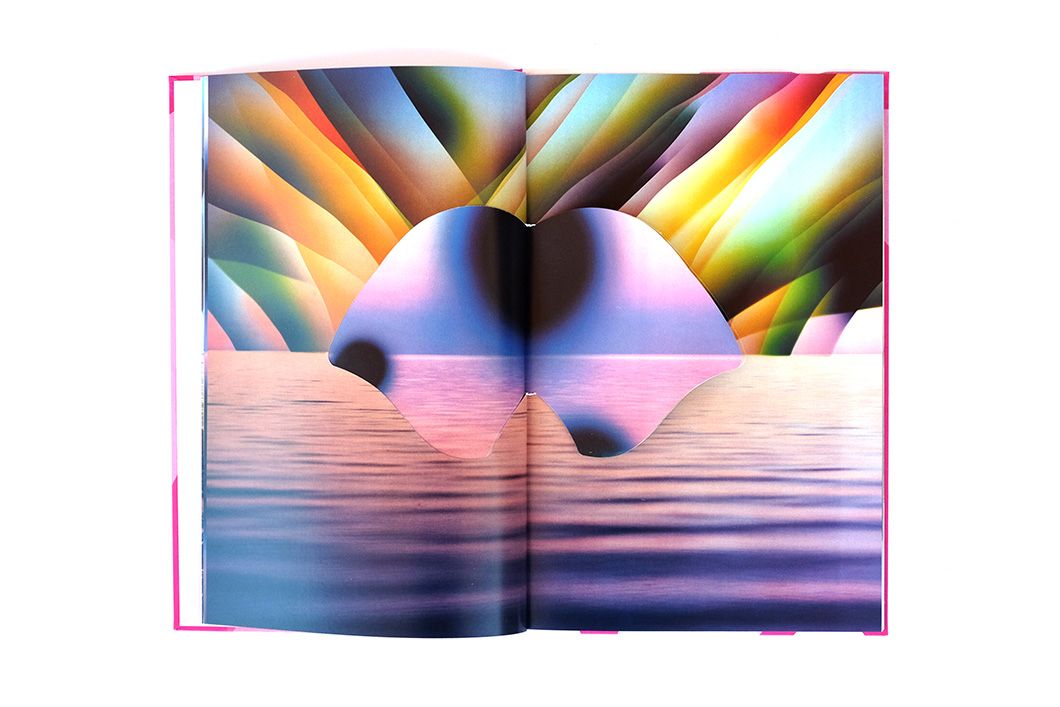
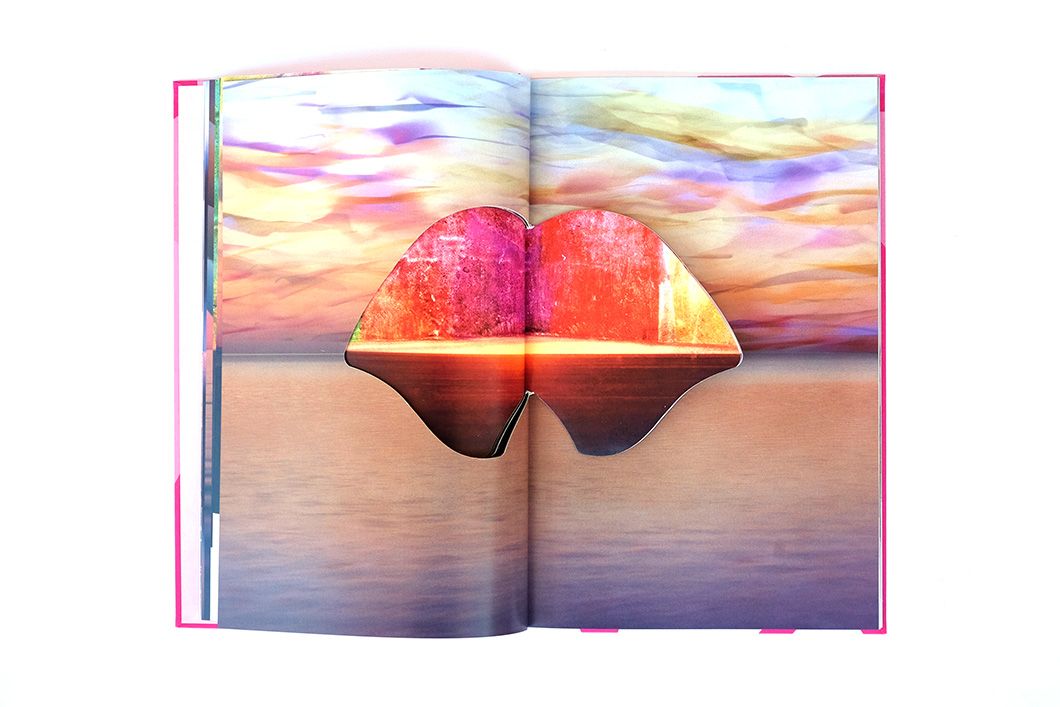
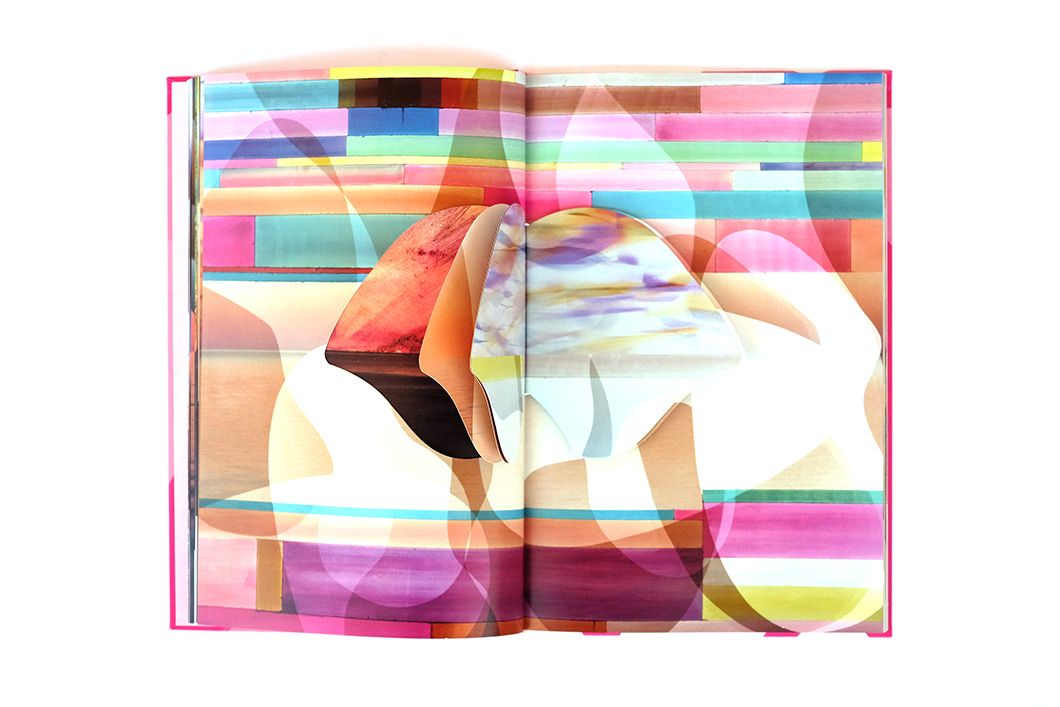
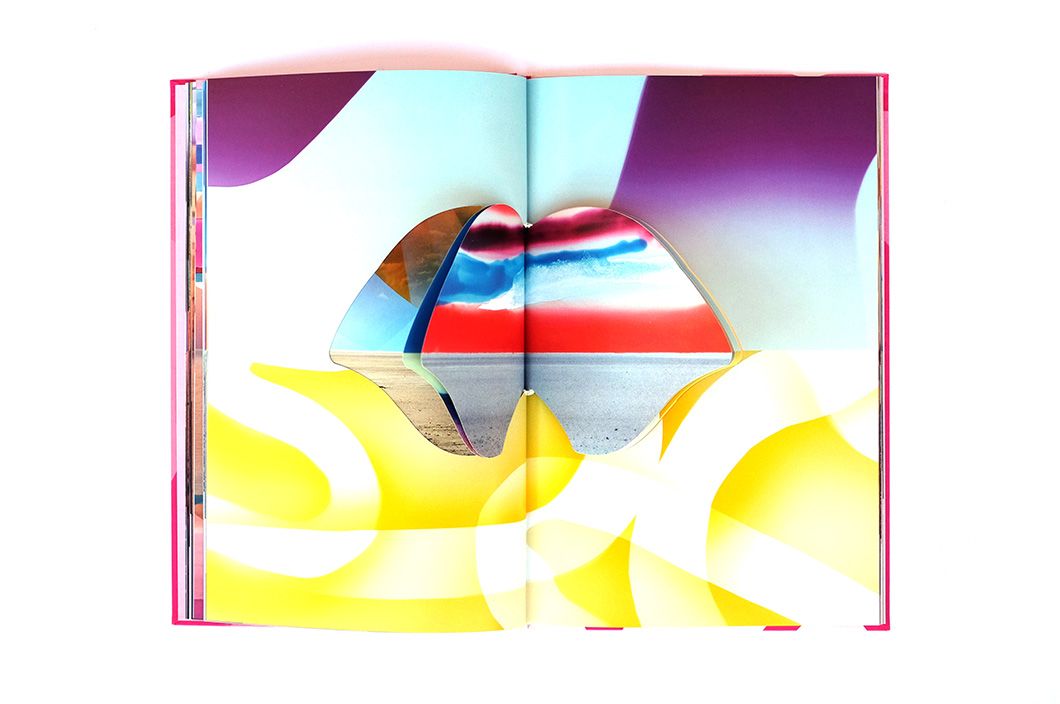




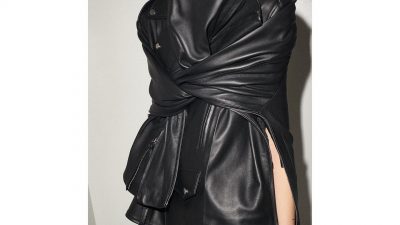

















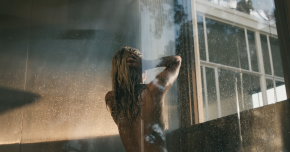

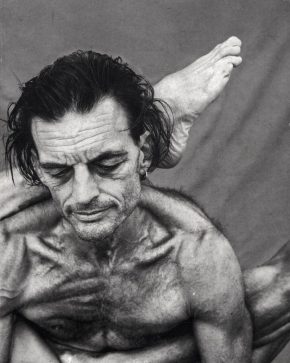
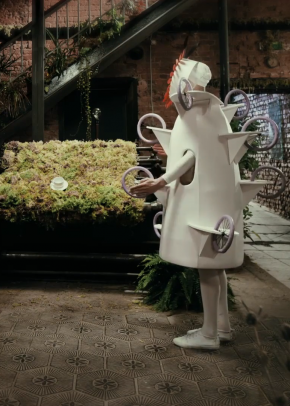
Comments